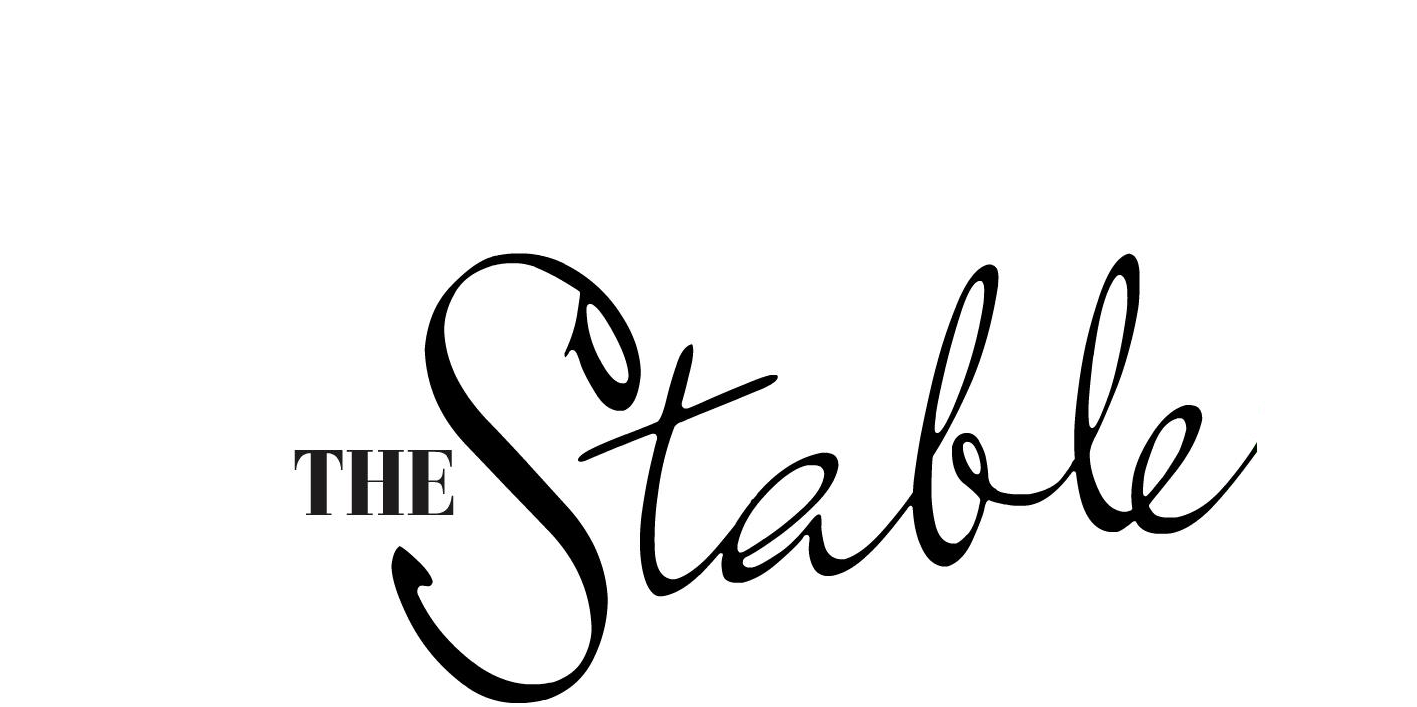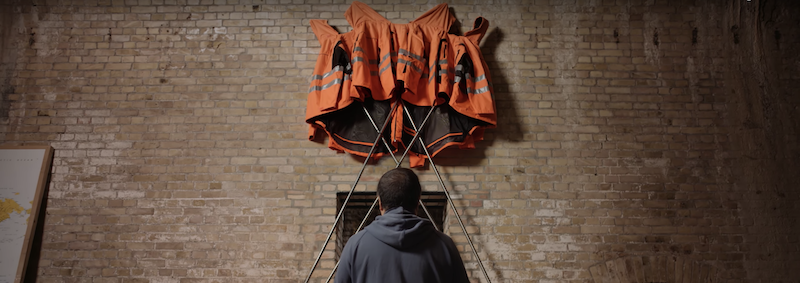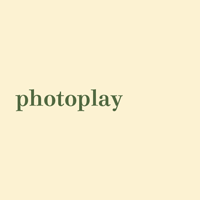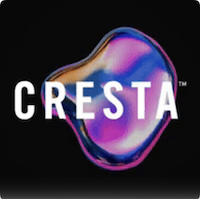Heimat has been making remarkable advertising for D-I-Y chain, Hornbach, for more than two decades. The bond between the two was cemented with an experiential campaign that was far ahead of its time in the age of traditional advertising. In 2008, the agency gave 12 international artists free rein to turn the standard rooms of an old empty apartment building in the middle of Berlin into amazing, bizarre and fantastic restaurant spaces to underscore the promise, “If you can imagine it, you can build it”. More than 18,000 people turned up to the view the result, Hornbach’s sales went up by 30% and Heimat has been promoting D-I-Y passion ever since.
Heimat chief creative officer, Guido Heffels, took The Stable behind the scenes of an enduring client-agency relationship and the outstanding work it has produced.
The Stable: Hornbach’s advertising is brave. It’s very difficult to get brave work across the line. How has Heimat achieved it with Hornbach?
Guido Heffels: Trust, responsibility, honesty and deep-rooted love. You could compare Heimat/Hornbach to any other meaningful relationship, even a marriage. It needs your attention, input and contribution on a daily basis. We do not take anything for granted. It has become part of our individual lives.
TS: Data, intuition…something else? What do you think is important in making great creative advertising?
GH: Today’s creativity needs the combination of far more disciplines. Data is great, intuition as well, knowledge about copywriting and art may help too, the power of your love for a brand, experience, fearlessness. But honestly, intuition is the only thing that your competitors can’t copy. Intuition can make a difference.
TS: Chair – table – artwork. Where did the idea of making your own designer furniture come from? What were its aims (why did you deviate from your traditional campaigns) and what has it achieved so far?
GH: The basic idea of the so-called Hornbach Werkstück Edition was exclusiveness that cannot simply be bought. You had to earn it with your own bare hands. For rich people, all design classics seem to be within reach. The lounge chair by Danish Designer Sigurd Larson or the Itsuri table by Japanese architect Yo Shimada only existed because of the skills and passion of those willing to build it by themselves. It might sound like a political statement, but it is not. Though the democratisation of design, architecture and art is quite obvious, this series opened doors to target groups that were not necessarily classic Hornbach target groups. It was meant to be an extension of the brand. And this is what it did exactly.
Heimat: Hornbach presents a new kind of table – and a new type of retail campaign
The third Hornbach Werkstück Edition was released mid-February, an artwork called Safety Jackets Zipped the Other Way, by world-famous Chinese artist, Ai Weiwei. Again, anyone could own it – provided they made it themselves.
Heimat: Hornbach enables anyone to make a world-famous artwork
TS: Please tell me about why and how you found Ai Weiwei and about working with him on the artwork project?
GH: We had our doubts about finding both an interesting and interested artist. The key that opened the door to Ai Weiwei’s workshop in Berlin was Zurich based agency, Neutral. They made the project come alive and introduced Ai Weiwei to the world of Hornbach. The rest I would call “a normal process”. Outlining our goal, discussions, presentations, discussions again, decisions, execution. To be honest, nothing extraordinary.
TS: Heimat has made a lot of great work for Hornbach. Which would you choose as your personal top 3 and why?
The Heart commercial we shot with Carl Erik Rinsch almost 15 years ago. This piece really set Hornbach apart from the rest. The visual language, the radical idea.
Then the House of Imagination, which was basically an abandoned house right in the centre of Berlin. Together with German director, artist and photographer Ralf Schmerberg we transformed all floors and flats into artistic “showrooms” illustrating what is possible with imagination and of course the right tools. There were a dozen other artists involved, such as Chiharu Shiota from Japan. That was 12 years ago and a real masterpiece of an integrated campaign.
And third, of course, the Hornbach Hammer, an edition of 7000 hammers that were made of tank steel. Yep, we had to buy a Russian tank for that. We did a complete campaign about the hammers, including online, TV and outdoor, but the wonderful pieces outsold within an hour which somehow was our intention. eBay went berserk during that time.
TS: Advertising had a tough year in 2019. What challenges did you confront? What solutions did you find for them?
GH: Advertising will have its toughest years yet to come. But as long as we all stick to our belief and do our best to deliver outstanding ideas, I am not worried. Surprising and innovative ideas will always make the difference.
Here are a few more surprising and innovative ideas:

















